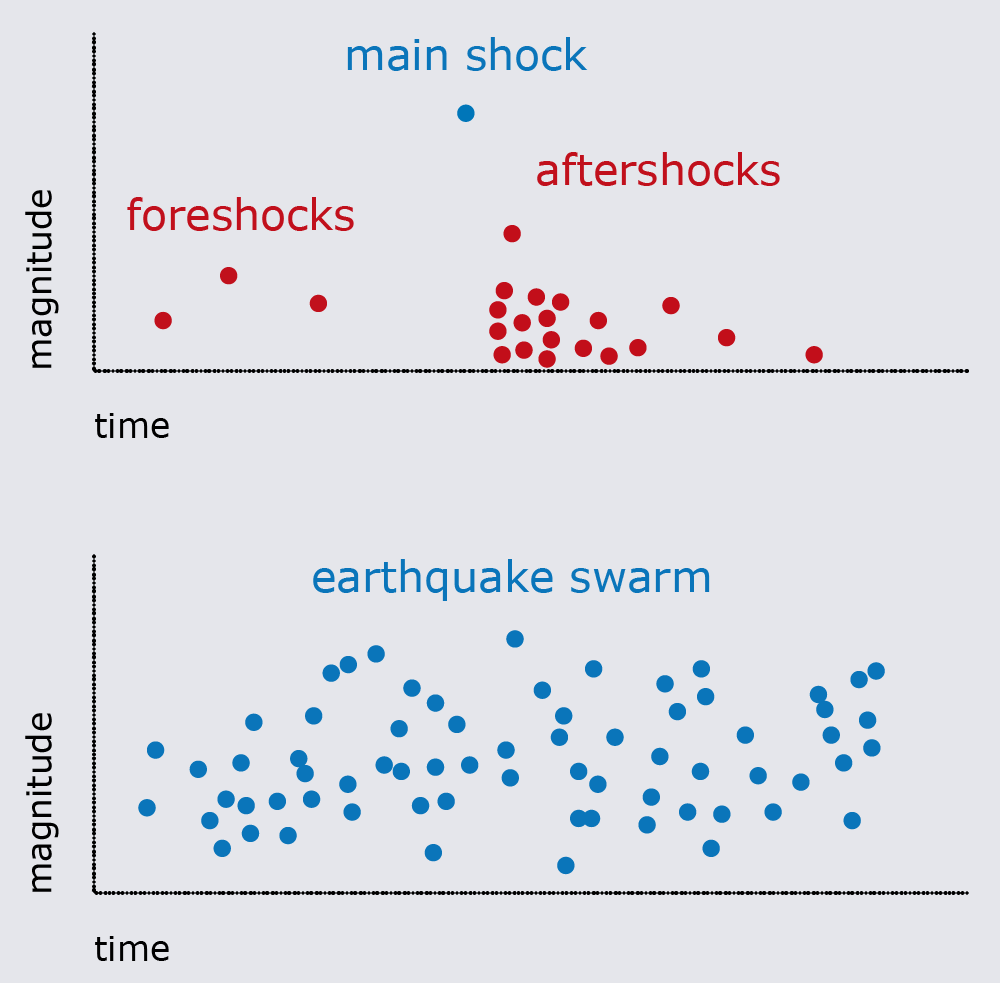7667766266
enquiry@shankarias.in
Why in news?
The Palghar district in northern Maharastra has been witnessing an unusual frequency of earthquakes since November, 2018.
What happened recently?
What is an “earthquake swarm”?

What is the case with the Deccan region?
What is the need for caution?
Source: Indian Express, Down to Earth